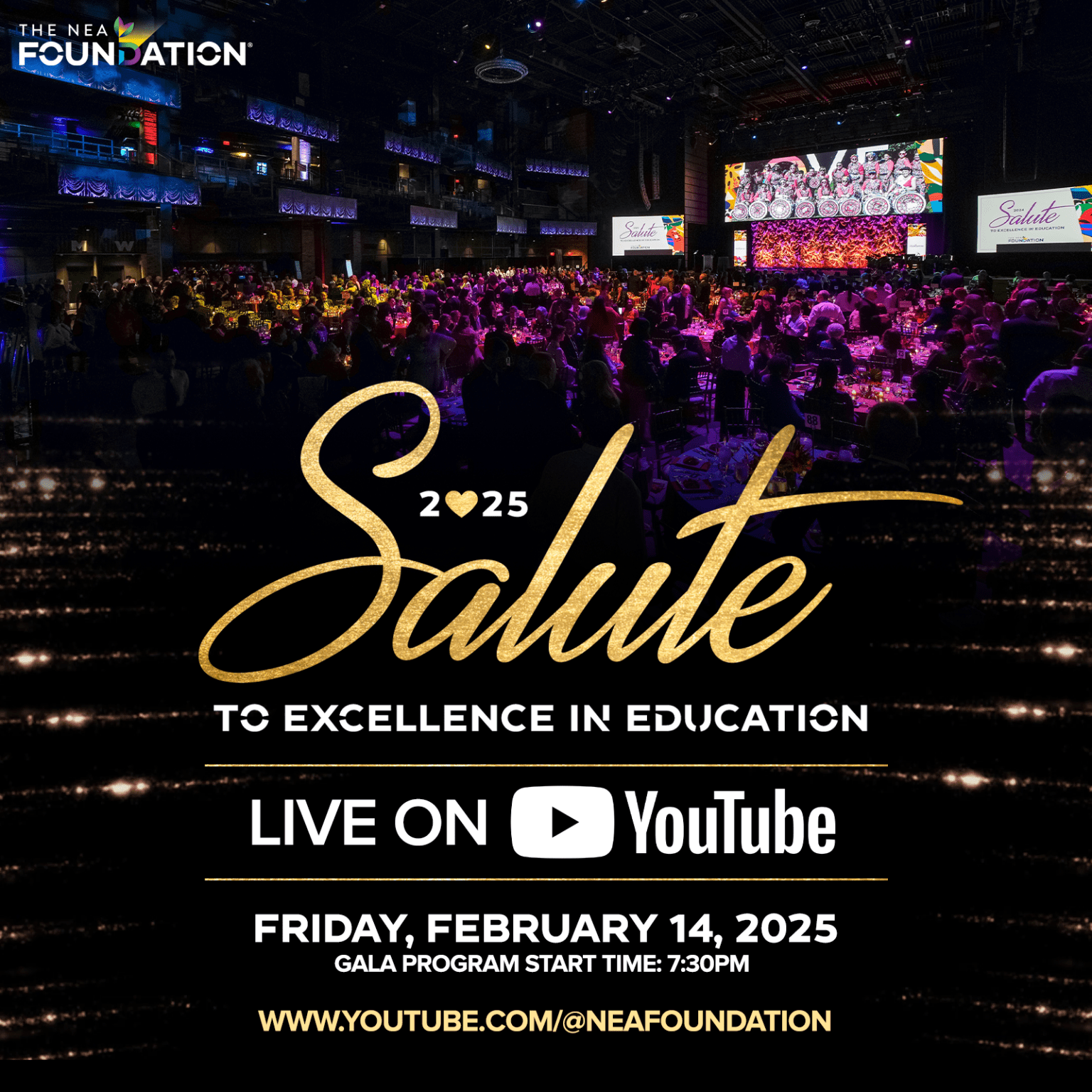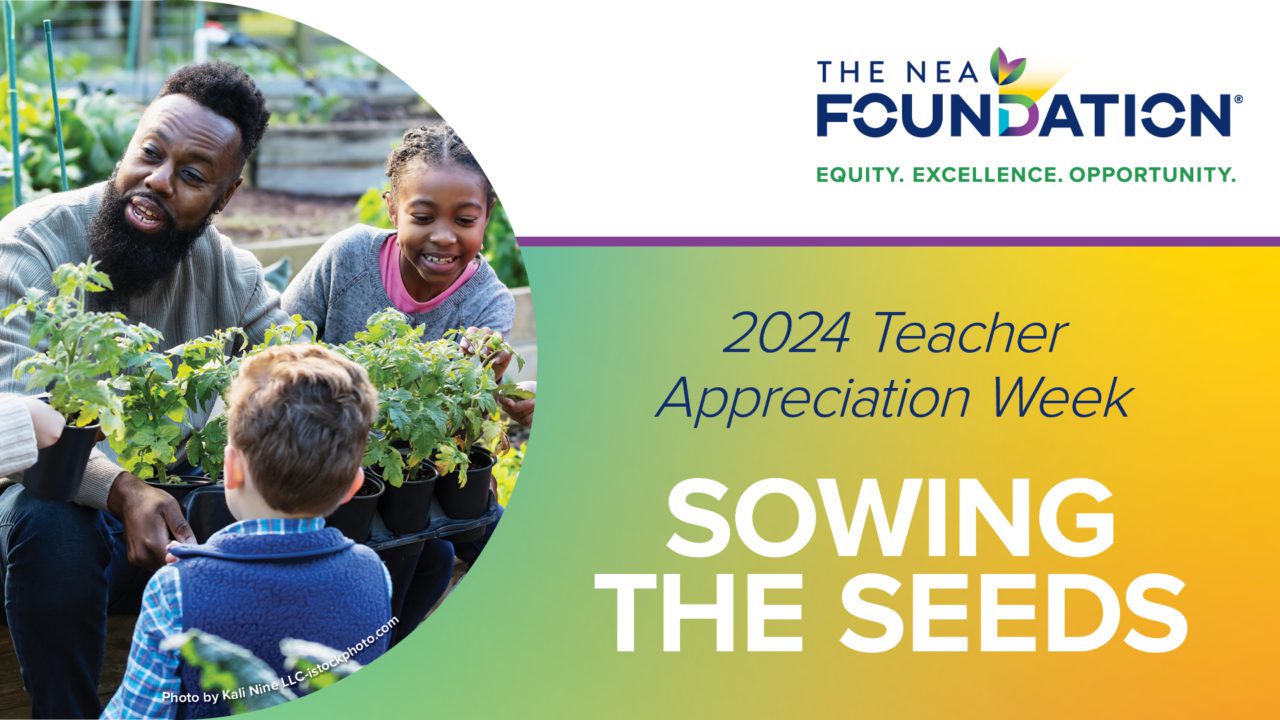
In June 2013, 36 educators completed international field study in São Paulo and Rio de Janeiro, Brazil as the 2013 NEA Foundation-Pearson Foundation Global Learning Fellows. Upon return, they created lesson plans, unit plans, and full curriculum integrated with global competency skills. To replicate these in your classroom and to discover new, global lesson plan ideas created by the Fellows, check out their open-source materials on our BetterLesson.com network page.
 By Dr. Melissa Collins, a 2013 NEA Foundation-Pearson Foundation Global Learning Fellow and a member of the Tennessee Education Association
By Dr. Melissa Collins, a 2013 NEA Foundation-Pearson Foundation Global Learning Fellow and a member of the Tennessee Education Association
I remember the fear I felt that day in Rio de Janeiro, Brazil, when I had the opportunity to see the iconic Christ the Redeemer statue. The national landmark sits atop a 2,300-foot peak of Corcovado Mountain. You see, I’m scared of heights.
I talked myself out of making the climb a few times before I thought about the many students I met during my 13 years as a teacher. Students take risks every day. I knew I had to, too. That day, I faced my fears head-on and climbed the mountain to see the statue that represented hope and promise in Brazilian culture. The vast expanse below was such an amazing sight that I knew I had to share the experience with my students. After the Global Learning Fellowship, I re-entered my second grade classroom with a sense of urgency and commitment to global awareness.
 Photo by Leigh VandenAkker
Photo by Leigh VandenAkker
My first step was to implement a new lesson plan, which I created using the knowledge gained from the Fellowship studies and by visiting Brazilian classrooms and meeting with other educators. I integrated “Sounds All Around” into the physical science unit, and my students began to evaluate Brazilian instruments and pick up on their individual sounds. They even built their own instruments using recyclable items. Common Core State Standards also came into play with the accompanying informational text, which framed the learning and new vocabulary. The lesson was a great success; so much so that educators from across the country replicated it in their own classrooms.
But I wanted to take my students a step further, so that they could learn with the world, just as I had in Brazil.


Photos by Tommy Young and Clare Taylor
We connected with classrooms from around the globe, from England and Spain to California, through ePals, an online global learning community for schools. At the end of the project, my students created self-portraits, which we uploaded onto a shared media gallery. Now, they can’t wait to partner with a Brazilian classroom to meet a new group of students and discover more resources for their “Sounds All Around” lesson.
Exposure to a deeper global awareness using interactive technology forced my students to think critically and creatively. Above all, that’s what they need to travel down the road to college and career readiness; they need to connect with a diverse peer group now, if they want to compete and collaborate globally, as well as understand their place and responsibility to a greater global society.
No matter what our individual “fear of heights” may be as educators, we need to conquer it together as we empower our students to be globally competent.
When you expose your students to the world, you will see incredible things happen. I did!
Download the full lesson on BetterLesson.com Featured educator, Melissa Collins, is a 2013 Pearson Foundation Global Learning Fellow and teaches at John P. Freeman Optional School in Memphis, TN. Find more information about the Global Learning Fellowship and discover more global lesson plans created by Fellows.








